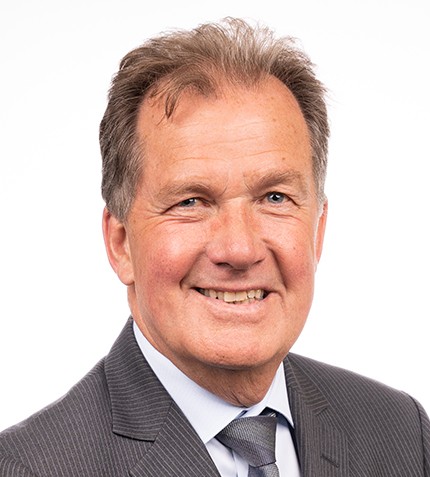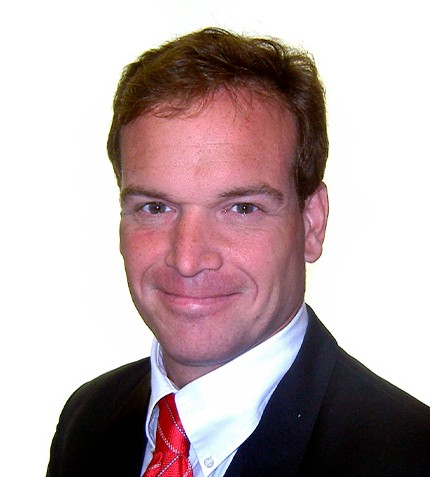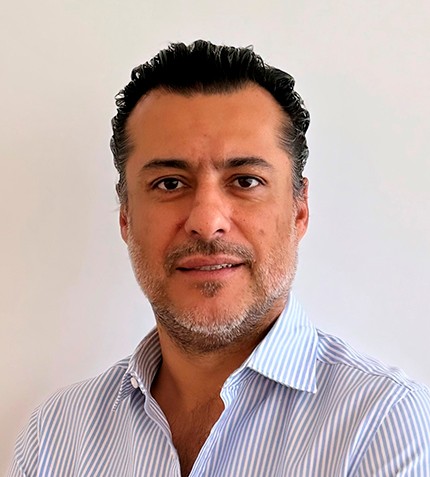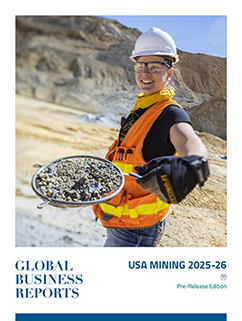
"The Building More Mines Act, 2023 is an important piece of legislation that will allow us to build more mines faster across the province."
George Pirie
MINISTER OF MINES, GOVERNMENT OF ONTARIO
What are the highlights of the last year in the Ontario mining sector?
The Ontario Critical Minerals Strategy was released in March 2022, and it resulted in a 41% year-on-year increase in critical mineral production in 2022. Critical minerals exploration expenditures in Ontario amounted to C$328 million in 2022, and accounted for 33% of all exploration expenditures in the province. The Ontario Junior Exploration Program (OJEP) was launched in 2021, and is having initial success; companies are eager to leverage the available funding to find the mine sites of the future. Our government is investing an additional C$6 million over the next two years in OJEP, bringing the government’s total investment in the program to C$35 million. Ontario is now the number one mining jurisdiction for exploration in Canada. Our strategy around critical minerals is clearly working and exploration is at the heart of it.
The mine producers in Ontario have had a busy year, spending millions on expansion projects. Agnico Eagle recently commissioned a new shaft at their Macassa mine, Agnico’s Detour Lake mine has a huge expansion program, McEwen Mining is expanding its Black Fox gold mine, and Alamos Gold has been expanding its Island gold mine underground. Finally, Newmont is getting ready to re-develop its old open pit Porcupine mine.
In terms of new developments, IAMGOLD’s Côté gold project is being developed after a lengthy permitting process and is employing 1,600 people in the construction phase. They are using autonomous haulage vehicles that will eventually be electrified. There are other exciting ongoing projects like Equinox Gold’s Greenstone project and KGHM’s copper and nickel Victoria project.
What was the strategy behind the Building More Mines Act, 2023?
The Building More Mines Act, 2023 is an important piece of legislation that will allow us to build more mines faster across the province. Our government is improving the Mining Act to create the conditions for companies to build more mines efficiently, because it cannot take 15 years to build a mine. The changes are designed to cut red tape, improve Ontario’s competitiveness, and attract investment to the province. We are currently developing regulations that we hope will be completed by the end of 2023. These adjustments will help companies build critical mineral mines, securing the supply chain for electric vehicle manufacturing in Ontario.
How does the Ministry of Mines intend to address the skilled labor shortage in mining?
Arrangements are being made with colleges and universities to ensure that the trades are emphasized. We have several existing programs to attract and retain talent, namely, the Ontario Immigrant Nominee Program and the Indigenous Workplace Development Program are making a difference. I was pleased to see 150 Indigenous community members receive training to support the construction of the new Equinox Gold operation.
I am enthusiastic about immigration because we need more people to build the workforce of the future. Our immigration programs are focused so individuals with the necessary skills start work immediately.
How is the development in the Ring of Fire progressing?
We recently had an exciting ruling from the Supreme Court of Canada in relation to federal impact assessments. We hope it will solve many of the problems we have with duplication of federal and provincial regulations, and that it will boost the development of the Ring of Fire.
The Ring of Fire area is immense. Due to the effects of climate change, ice roads are unlikely to be viable, and some First Nations have been trying to raise the alarm about this. As such, the Northern Road Link project will need to be completed so surrounding communities will have all-season roads, access to health and education services, and a connection to the province’s highway network.
Chief Bruce Achneepineskum of Marten Falls and Chief Cornelius Wabasse of Webequie First Nation are extraordinary leaders in their communities who are working on the environmental assessments for roads in the region.
I am also extremely proud of entities like Ontario Power Generation and Hydro One, who announced that First Nations communities will get a 50% equity stake in all new, future large-scale capital transmission line projects. Initiatives like these would have been unthinkable just a decade ago.










